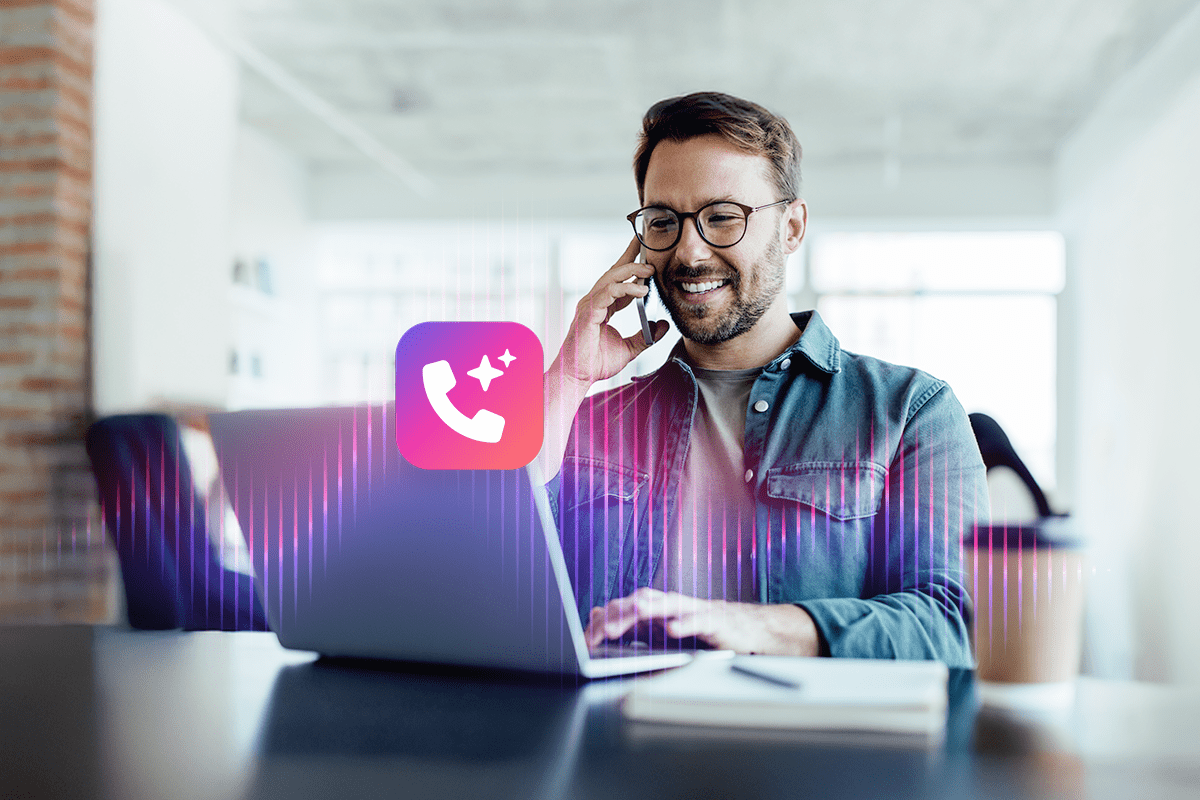From full-bore automation to multilingual speech and more, AI is already changing the way customer service works. We’ve written a lot about this over the past year, drawing on both industry statistics and our insider knowledge.
But it always helps to ground these claims with specific, real-world examples, which will be our focus today. In our judgment, there are ten domains where AI customer service helps businesses better serve their customers and improve their own profits, all of which we’ll walk through below.
Let’s get started!
What are the Ways AI can be used for Customer Service?
The following ten examples of AI in customer service are especially compelling. Read through them to see how you might use AI in your enterprise.
1. Instant, Multilingual, 24/7 Replies
Your customer service agents might require downtime, but an AI agent can operate round-the-clock. Capable of handling inquiries and resolving issues at any time of the day or night, AI agents ensure that matters are either resolved or neatly handed over to your human agents the next morning. This not only means that service is continuous, it also reduces the workload waiting for your agents while they’re getting their coffee.
Additionally, with the evolution of machine translation, it’s now possible to automatically translate between most languages, which is essential for serving a diverse, global customer base. Offering support in a customer’s native language not only improves key performance metrics like average handling time and resolution rates, but also significantly enhances customer satisfaction, demonstrating your commitment to providing a comforting, personalized experience (all this without the need to open up contact centers in each new region you operate in).
2. Automatically Sorting Emails and Tickets
Properly resolving an issue requires many steps, but one big one that must be handled up front is sorting and prioritizing incoming emails or tickets. A person could easily spend most of their day combing through communications with customers and deciding what should be handled first.
But, with AI, this is no longer required! Clever email automation can parse these incoming messages and route them to the relevant agents, boosting retention and improving your bottom line. Even better, AI agents are often good enough to solve problems directly (more on this later). Just make sure you’re following best practices when looking for an email automation for customer service platform.
3. Voice AI
Throughout this piece, we speak in general of AI agents, but one specific kind of AI worth singling out is the multimodal models able to parse voice commands and respond in kind.
On their own voice models aren’t new, but they’re now good enough to form a pillar of your customer experience strategy. Voice AI for customer experience can increase the efficiency of your operation, enhance the customer experience, and facilitate multilingual support.
4. Personalized Responses
Enhancing the customer experience by tailoring your interactions to their circumstances is easy enough to understand, but it’s far from trivial. However, a combination of advances in artificial intelligence and the vast amounts of data generated from our increasingly online lives is starting to change this picture.
However you’re reaching out to customers, people will respond better if you successfully draw on their specific data–purchase history, past interactions with your contact center, or whatever–to make it clear you’re talking to them.
Check out our guide to retrieval-augmented generation for more information.
5. Automating Content Generation
So, AI can help you personalize responses, but this is a special case of the more general fact that they can help you with content generation. Modern generative AI can create product information, summaries of calls or interactions, and even blog posts. These are huge time savers, reducing the workload for customer service teams and enabling them to handle more complex tasks.
6. AI Agents Are Handling Issues on Their Own
AI agents are great at automating routine tasks and asks, such as answering common questions or troubleshooting straightforward technical problems.
You’ll have to experiment with these tools to figure out which ones they can sort out alone, but we recommend maintaining robust checks to ensure they don’t behave in unexpected ways.
7. AI Systems are Letting Customers Solve Issues on Their Own
A related but distinct fact is that modern agents can help customers solve their own issues without the need for much oversight from agents.
AI agents can make your troubleshooting guides conversational, helping customers get their software working and guiding them through key steps while answering whatever questions come up along the way.
8. Natural Language Processing and Sentiment Analysis are Making Customers’ Feelings Clearer
There are different kinds of data, but two of the biggest categories are ‘structured’ and ‘unstructured.’ The former is the kind of thing you might find in clearly labeled columns in an Excel spreadsheet, while the latter consists of things like feedback from social media, product reviews, call transcriptions, etc.
Though unstructured data is profoundly informative, not much could be done with it until natural language processing in general – and sentiment analysis in particular – made significant strides. These techniques allow you to extract insights around how customers feel, at a much larger scale. AI agents can now automatically search for recurring issues or customer sentiment, while customer service teams can quickly respond to emerging problems and adapt in real time.
9. Predictive Analytics and Machine Learning are Helping Us Better Serve Customers
A similar idea is to use predictive analytics and machine learning. With these tools, enterprises can craft AI agents to analyze customer data to identify trends, preferences, and pain points. With enough data, for example, they might see cyclical patterns in customer buying behaviors or realize that a product feature consistently causes a certain kind of frustration.
This gives customer service teams and AI agents the ability to proactively address common issues and personalize responses (discussed above), thereby improving CSAT and other metrics by making interactions more helpful.
10. AI is Making Human Agents More Effective
We’ve made a few allusions to this already, but here we’ll make it explicit: AI agents can make your human agents much more effective.
Human agents can now use generative AI tools to help them craft responses, coach them to do their jobs better, and facilitate the automation of parts of their work. For example, Quiq’s Agent Assist offers suggested responses, agent coaching and process automation (see how it works here).
These are just a few examples, of course, but they’re enough to demonstrate the profound ways AI agents can augment (and improve) your workflows!
Leverage AI Customer Service Solutions Today
AI for customer service is among the most promising frontiers for our industry. To learn more about Quiq’s approach to customer-facing AI, click here.




